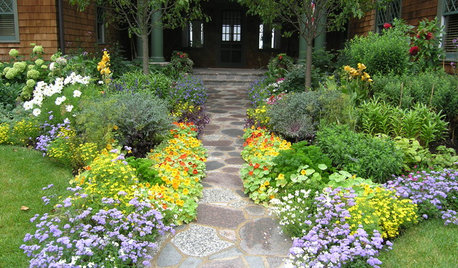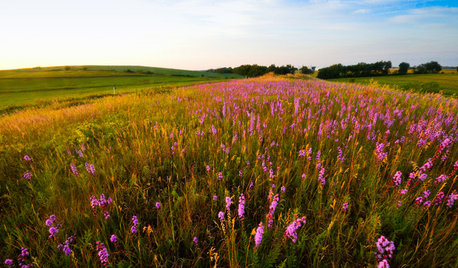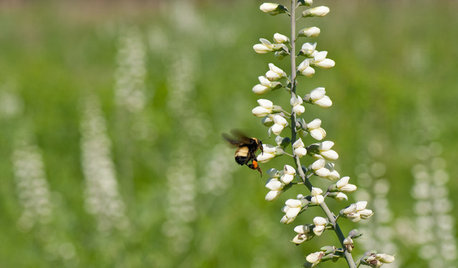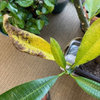Help please! new to plants
Sapphy
9 years ago
Related Stories

GARDENING GUIDESGreat Design Plant: Silphium Perfoliatum Pleases Wildlife
Cup plant provides structure, cover, food and water to help attract and sustain wildlife in the eastern North American garden
Full Story
GARDENING GUIDESGreat Design Plant: Ceanothus Pleases With Nectar and Fragrant Blooms
West Coast natives: The blue flowers of drought-tolerant ceanothus draw the eye and help support local wildlife too
Full Story
GARDENING GUIDESGreat Design Plant: Snowberry Pleases Year-Round
Bright spring foliage, pretty summer flowers, white berries in winter ... Symphoricarpos albus is a sight to behold in every season
Full Story
GARDENING GUIDESPathway Plantings That Please the Senses
Add some color, life and intrigue beside your sidewalk with these 7 suggestions
Full Story
FLOWERS AND PLANTSHelp Monarchs and Other Butterflies by Planting Common Milkweed
Summer-blooming Asclepias syriaca is an important larval host plant for the monarch butterfly and attracts a number of pollinating insects
Full Story
GARDENING GUIDES8 Unthirsty Plants Help You Save Water in Style
Spend less effort and money on your landscape with drought-tolerant and native plants that liven up your yard
Full Story
GARDENING GUIDESHelp Fuel the Monarch Migration With These 6 Prairie Plants
Try these nectar-rich beauties and help autumn monarchs
Full Story
HOME OFFICESQuiet, Please! How to Cut Noise Pollution at Home
Leaf blowers, trucks or noisy neighbors driving you berserk? These sound-reduction strategies can help you hush things up
Full Story
GARDENING GUIDESGreat Design Plant: Please Bumblebees by Planting Baptisia Lactea
Plant wild white indigo in central and southeastern U.S. gardens for its large white flower heads and early-spring interest
Full Story









SapphyOriginal Author
SapphyOriginal Author
Related Professionals
Danbury Landscape Architects & Landscape Designers · Citrus Heights Landscape Architects & Landscape Designers · Harrison Landscape Architects & Landscape Designers · McKinney Landscape Contractors · Matthews Landscape Contractors · Florham Park Landscape Contractors · Galt Landscape Contractors · Mission Landscape Contractors · Overland Park Landscape Contractors · Ringwood Landscape Contractors · Puyallup Siding & Exteriors · San Diego Siding & Exteriors · St. Louis Siding & Exteriors · Warwick Siding & Exteriors · Woodbridge Siding & ExteriorsSapphyOriginal Author
jandey1
SapphyOriginal Author
SapphyOriginal Author
tapla (mid-Michigan, USDA z5b-6a)